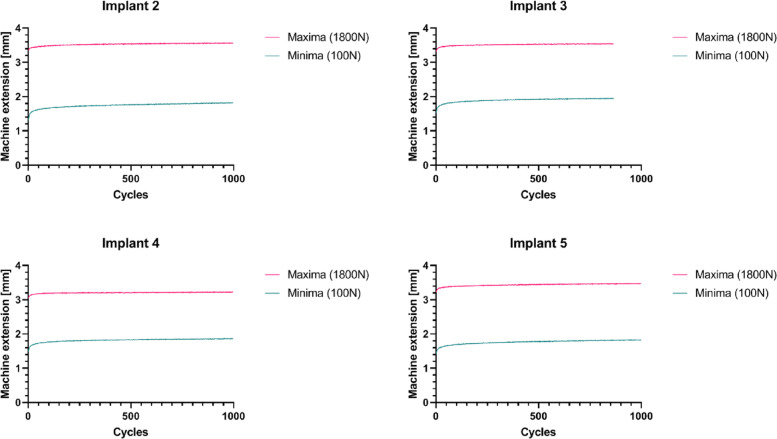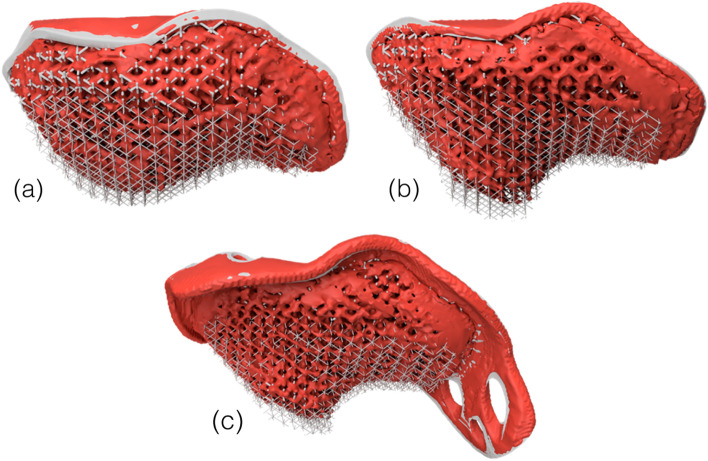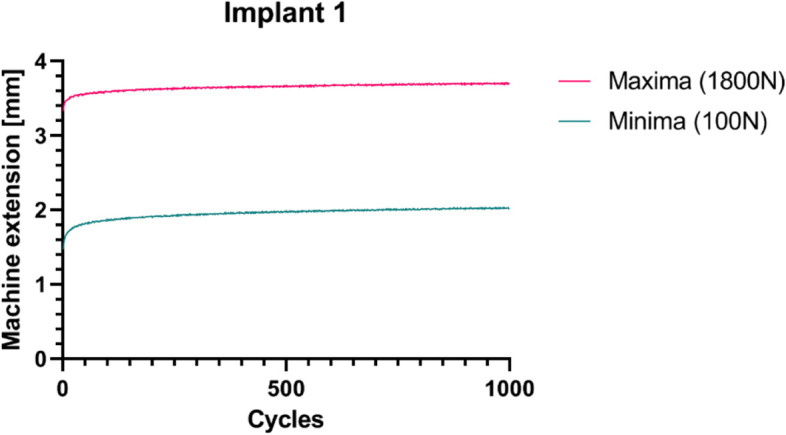Deformable titanium for acetabular revision surgery: a proof of concept.
Abstract
Custom-made triflange acetabular implants are increasingly used in complex revision surgery where supporting bone stock is diminished. In most cases these triflange cups induce stress-shielding. A new concept for the triflange is introduced that uses deformable porous titanium to redirect forces from the acetabular rim to the bone stock behind the implant and thereby reduces further stress-shielding. This concept is tested for deformability and primary stability.Three different designs of highly porous titanium cylinders were tested under compression to determine their mechanical properties. The most promising design was used to design five acetabular implants either by incorporating a deformable layer at the back of the implant or by adding a separate generic deformable mesh behind the implant. All implants were inserted into sawbones with acetabular defects followed by a cyclic compression test of 1800N for 1000 cycles.The design with a cell size of 4 mm and 0.2 mm strut thickness performed the best and was applied for the design of the acetabular implants. An immediate primary fixation was realized in all three implants with an incorporated deformable layer. One of the two implants with a separate deformable mesh needed fixation with screws. Cyclic tests revealed an average additional implant subsidence of 0.25 mm that occurred in the first 1000 cycles with minimal further subsidence thereafter.It is possible to realize primary implant fixation and stability in simulated large acetabular revision surgery using a deformable titanium layer behind the cup. Additional research is needed for further implementation of such implants in the clinic.




 求助内容:
求助内容: 应助结果提醒方式:
应助结果提醒方式:


